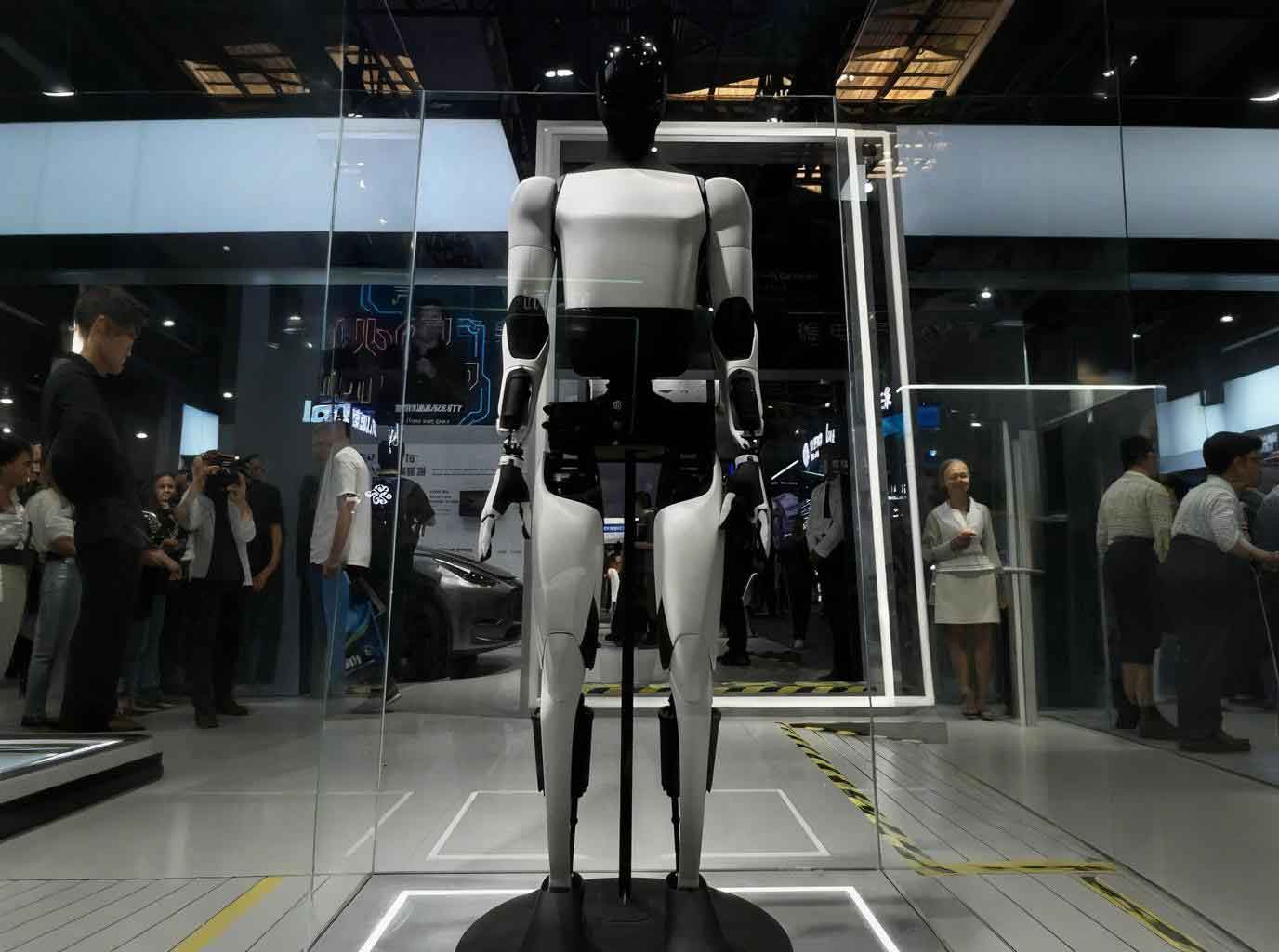The rhythmic pulse of servo motors and the soft whir of actuators fill the air inside a gleaming R&D facility in Shenzhen’s Nanshan District. Here, engineers meticulously calibrate the gait of a bipedal embodied robot, designed to navigate complex urban environments. This scene encapsulates Shenzhen’s accelerating transformation from the “Factory of the World” into the undisputed cradle of next-generation embodied robot technology. The city’s unparalleled ecosystem—spanning agile hardware prototyping, cutting-edge AI research, and seamless supply chain integration—is propelling embodied robots from laboratory curiosities into globally competitive products.

Shenzhen’s rise in embodied robotics stems from decades of electronics manufacturing dominance. Where others see challenges in miniaturizing sensors or sourcing high-torque actuators, Shenzhen’s engineers leverage the city’s dense network of suppliers to iterate at breakneck speed. Startups like LimX Dynamics exemplify this advantage. Their latest embodied robot prototype, showcased at the World AI Conference, demonstrated unprecedented terrain adaptability—a feat achieved by integrating proprietary motor controllers refined in Shenzhen’s hardware incubators. “The ability to source, test, and refine physical components within hours, not weeks, is our superpower,” explains Dr. Lena Zhou, CTO of a leading embodied intelligence firm. “It allows us to push the boundaries of what these embodied robots can perceive and execute in real time.”
The city’s ambition extends beyond hardware. Shenzhen is rapidly becoming a global hub for the AI brains powering embodied robots. Universities like Shenzhen University and the Harbin Institute of Technology (Shenzhen) collaborate with tech giants on foundational models specifically trained for physical-world interaction. These models enable embodied robots to interpret unstructured environments, make autonomous decisions, and learn from physical experiences. A recent breakthrough involves multi-modal AI systems allowing embodied robots to understand complex verbal instructions while manipulating objects—a critical step toward deployment in warehouses, hospitals, and homes. International observers note Shenzhen’s unique approach: “They’re not just building better machines; they’re encoding a deep understanding of spatial reasoning and contextual action into the embodied intelligence itself,” remarks Dr. Aris Thorne, a roboticist at MIT.
Global expansion is now a strategic imperative. Shenzhen-based companies are aggressively establishing R&D centers in Europe and North America while forming alliances to navigate complex international intellectual property landscapes. This outward push isn’t merely commercial; it’s about setting global standards for embodied robot safety, interoperability, and ethics. Companies like UBTECH and PIX Moving are leading this charge, showcasing embodied robots at CES and Automobilistic Innovation Symposiums that rival offerings from Boston Dynamics or Tesla. Their logistics embodied robots already operate in smart factories from Stuttgart to Singapore, learning and adapting to local workflows. “Shenzhen’s embodied robots are no longer ‘made in China’ substitutes,” states a report by ABI Research. “They represent a distinct technological paradigm—one optimized for real-world versatility and rapid scalability.”
Challenges persist, of course. Ensuring the robust safety of embodied robots operating near humans requires relentless innovation in sensor fusion and fail-safe mechanisms. Battery density remains a constraint for untethered mobility. Moreover, global regulatory fragmentation complicates deployment. Yet, Shenzhen’s ecosystem thrives on solving such problems collaboratively. Government-backed testbeds—like the Futian District’s “Living Lab”—allow companies to trial embodied robots in bustling public spaces, collecting invaluable data on human-robot coexistence. Venture capital floods into startups tackling core challenges: improving tactile feedback for embodied robots handling delicate objects or enhancing swarm intelligence for coordinated multi-robot tasks.
The societal implications are profound. Shenzhen envisions embodied robots not as replacements for humans, but as collaborators. In healthcare, pilot programs deploy embodied robots for elderly assistance, reducing caregiver strain. In environmental monitoring, rugged embodied robots traverse disaster zones, gathering data too hazardous for humans. Educational embodied robots are becoming tutors in Shenzhen’s schools, personalizing learning through adaptive interaction. “The goal is embodied intelligence that augments human capability with empathy and precision,” says Professor Wei Zhang of the Shenzhen Institute of Advanced Technology. “We’re engineering responsiveness to subtle social cues—a smile, a hesitant gesture—into the very fabric of these machines.”
Looking ahead, Shenzhen is betting big on the convergence of embodied robotics and AGI (Artificial General Intelligence). While pure AGI remains theoretical, Shenzhen’s focus is pragmatic: developing embodied robots with increasingly generalized learning capabilities. Projects explore unsupervised skill acquisition—where an embodied robot masters new tasks through exploration, not pre-programming. This demands unprecedented advances in neuromorphic computing and energy-efficient AI, areas where Shenzhen’s chip design firms like Huawei’s HiSilicon are making significant strides. The city’s 2030 roadmap prioritizes “Cognitive Embodiment,” aiming for embodied robots capable of abstract reasoning about physical cause-and-effect.
Shenzhen’s journey mirrors the evolution of the embodied robot itself—once rigid and single-purpose, now adaptive, perceptive, and increasingly integrated into the global fabric. From its humming assembly lines to its ambitious AI labs, the city is engineering a future where embodied robots transcend their mechanical origins, becoming intuitive partners in human progress. As these machines step out of Shenzhen and into the world, they carry not just circuits and code, but a testament to a city redefining the boundaries of intelligent embodiment. The age of truly useful, adaptive, and context-aware embodied robots isn’t on the horizon; it’s being assembled, line by line and sensor by sensor, right here.
